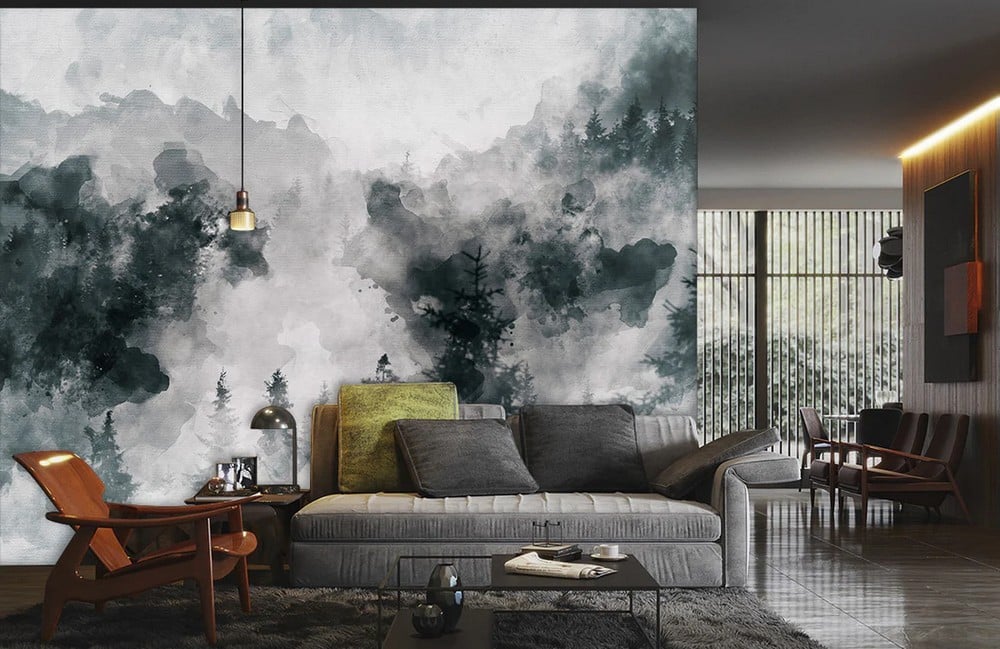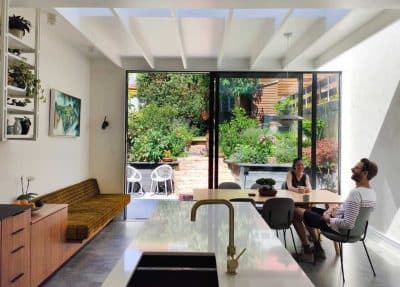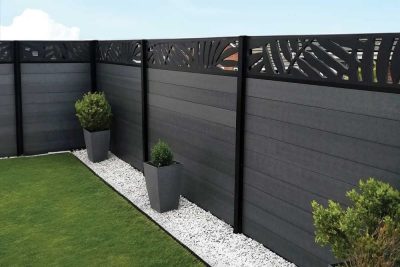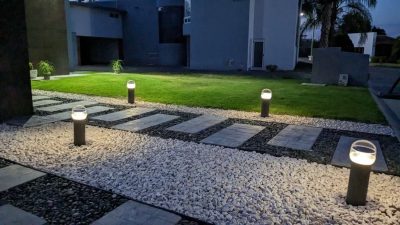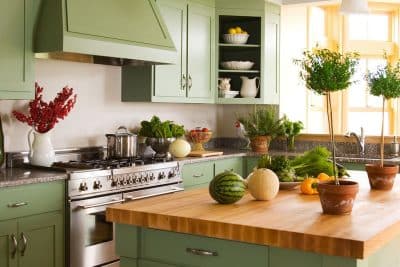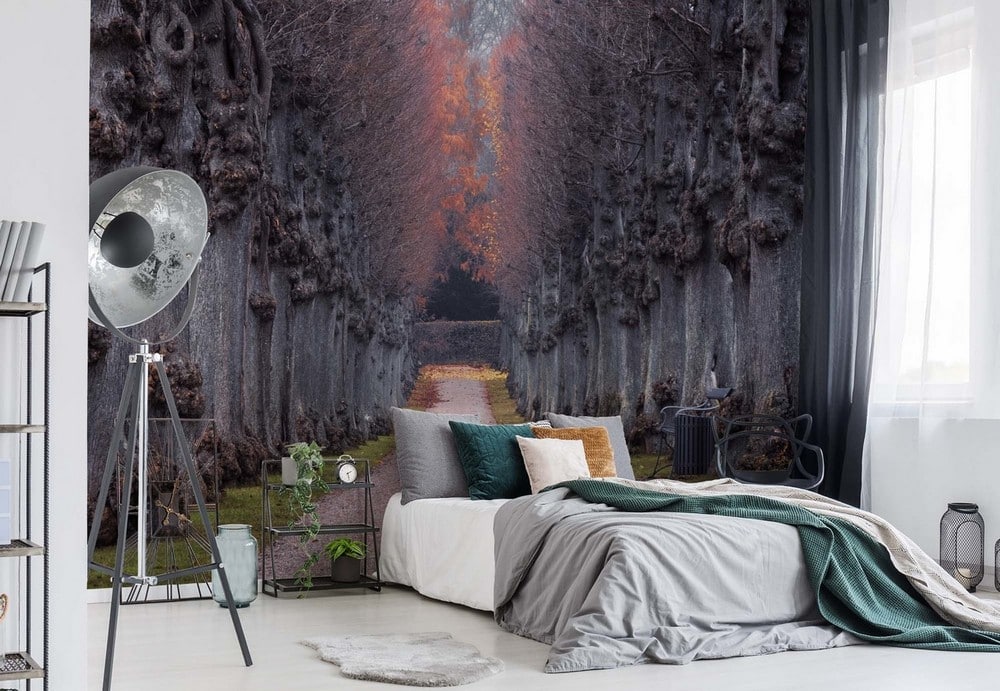
Crafting a mesmerizing indoor area often means finding a balance between opposing elements at play. A common design tactic is matching up dark wallpaper with light touches. This mix can totally change up any space by bringing in both excitement and coziness. The trick is to make sure there’s a sense of unity between the two differing hues.
Choosing the Right Dark Wallpaper
Choosing dark and black wallpaper calls for an eye for detail and keeping aesthetics in mind! It’s about finding patterns and hues that blend seamlessly with the vibe and style of the room when aiming for a specific ambiance or mood in the space. Whether it’s a vintage touch with deep blues or a contemporary feel with rich greens or classy greys, each color choice brings with it its own unique charm. Moreover, the right wallpaper can bring a whole new layer of dimension and visual interest to the room’s decor overall!
Incorporating Light Accents
Soft accents play a role in maintaining harmony in a room by providing a contrast without overpowering the ambiance and warmth of the space. Think about incorporating furniture pieces and decor accessories in tones like beige and pastels that complement darker wall colors beautifully. To add a touch of sophistication and charm to the space, consider using finishes like silver or gold sparingly throughout the room.
Playing with Textures
Different textures are important for creating a sense of balance in a space – mixing smooth and rough surfaces can enhance the look and feel of a room through tactile experiences. For example, you could pair dark wallpaper with fabrics in lighter colors to create a contrast that adds depth and dimension to the area. By incorporating elements like woven rugs or knitted throws into the décor, you can introduce an inviting atmosphere.
Lighting Considerations
The way the lighting is set up in a room plays a major role in how colors and textures show up. Taking care to light up dark wallpaper can prevent the room from feeling cramped or dull. It’s best to mix different types of lighting, like ceiling lights, along with table lamps or wall lights. This setup gives you options to change the lighting depending on the vibe you want or what you’re doing.
Focusing on Balance
Balancing light elements is key to creating the right ambiance in a room. Too much darkness can make it feel heavy, while too much light can wash out the contrast you’re aiming for. Try to spread out the darker shades throughout the space by mixing in lighter elements at various levels, such as shelves or hanging decorations, to break up large areas of dark walls. Careful placement will help make the room feel unified and welcoming.
Personalizing With Decor
Adding personal touches can give a space its own character and charm. Décor that mirrors personal preferences while blending with the wallpaper and light accents can create a cohesive look. Art pieces, pictures, or distinct sculptures can infuse depth and intrigue. Choose items that match in colors and materials to blend seamlessly with the color scheme. This not only enhances the beauty of the space but also adds a touch of personal significance.
Maintaining Versatility
Having a room that can cater to various requirements and atmospheres is key in home decor planning! Opt for furnishings and decorations that can be effortlessly refreshed or reorganized as needed. For example, switch out throw pillows or curtains in darker hues for a quick transformation. This flexibility enables you to adapt to variations or adjust your style without the need for extensive redesign.
In Closing
Using dark wallpaper alongside lighter accents can create a classy and timeless look in any space. When you choose your colors carefully and pay attention to textures and decor details, you create a balanced feel in the room design scheme. Whether you’re styling a comfy living room or an elegant bedroom, setting up this contrast leads to an alluring yet striking atmosphere. Make sure to plan thoughtfully to keep the area practical and visually appealing. Remember that harmony is found in even the smallest things, where each component plays a role in shaping the design.
